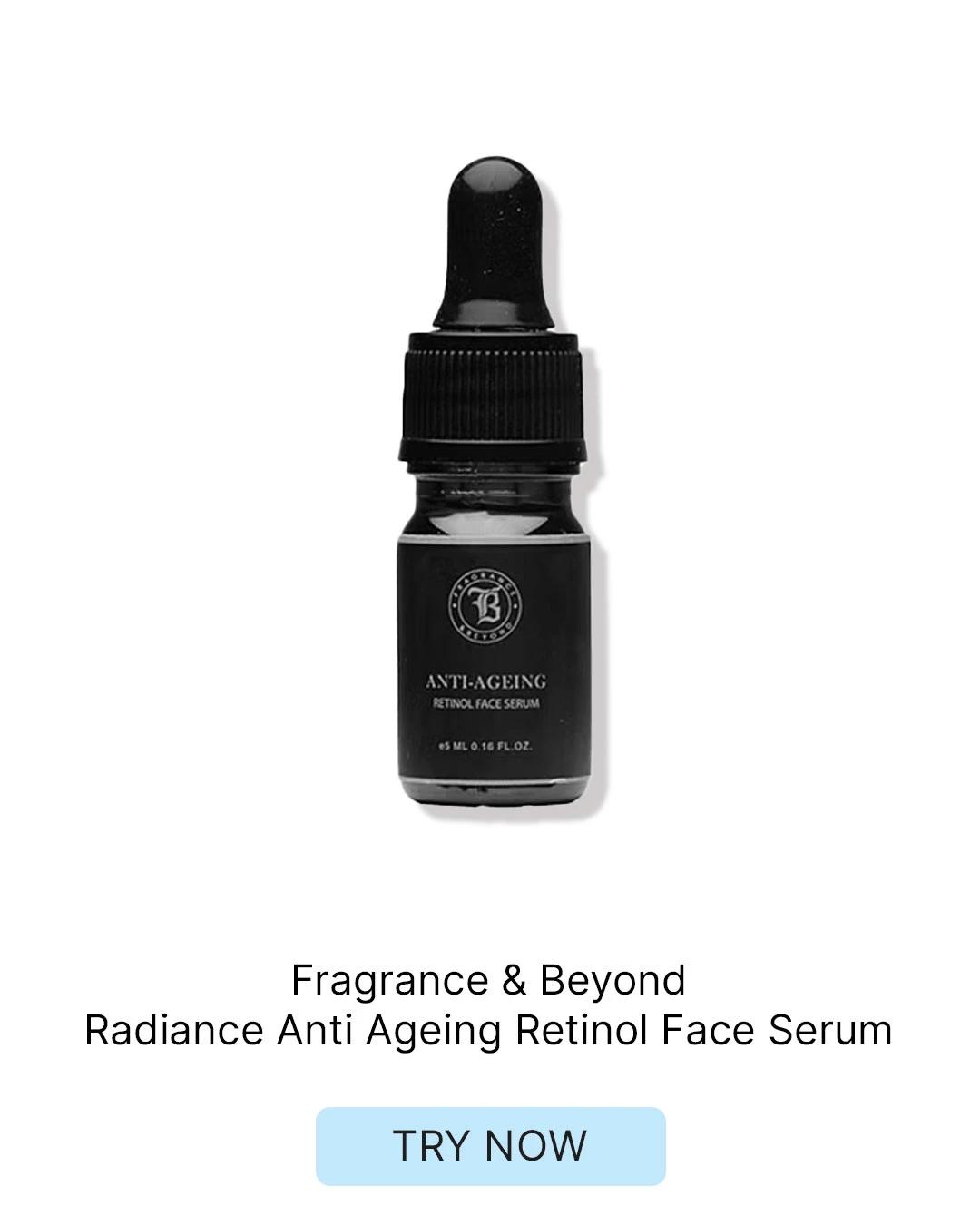Retinol serum has become the skincare world's golden child, and honestly, it's not hard to see why. This vitamin A derivative is basically your skin's personal trainer, working overnight to boost collagen production and speed up skin cell turnover. But here's the thing – jumping into retinol without knowing the basics is like trying to run a marathon without training. You might make it, but it won't be pretty. Whether you're curious about fine lines reduction or just want to understand what all the fuss is about, this guide will walk you through everything you need to know to start your retinol journey the right way.
Understanding Retinol Serum: The Basics
Let's get real about what retinol serum actually is. At its core, retinol is a vitamin A derivative that's been proven to work wonders for your skin. Think of it as your skin's renovation crew – it gets to work speeding up skin cell turnover, which means old, dull cells get replaced with fresh, healthy ones faster.
The magic happens when retinol gets absorbed into your skin and converts into retinoic acid. This is where the real work begins. It signals your skin to ramp up collagen production, which is basically what keeps your skin looking plump and youthful. This process is what makes retinol such a powerhouse in anti-aging skincare.
The Benefits of Incorporating Retinol Serum in Your Skincare Routine
Retinol serum isn't just a one-trick pony – it's more like the Swiss Army knife of skincare ingredients. The most talked-about benefit is facial wrinkle reduction, and it's not just hype. Regular use can help smooth out those pesky fine lines that seem to appear overnight.
But wait, there's more. Skin texture improvement is another major win. If your skin feels rough or looks uneven, retinol can help create that smooth, refined texture you see in skincare ads. It's also brilliant for hyperpigmentation treatment – those dark spots from old breakouts or sun damage can fade significantly with consistent use.
Here's something that might surprise you: retinol is also an acne-fighting ingredient. By speeding up cell turnover, it helps prevent pores from getting clogged in the first place. It's like having a bouncer for your pores, keeping the troublemakers out.
Your Guide to Choosing the Right Retinol Serum
Picking your first retinol serum can feel overwhelming when you're staring at shelves full of options. Start with concentration – beginners should look for products with 0.25% to 0.5% retinol. Going stronger right away is like diving into the deep end when you're still learning to swim.
Consider your skin type too. If you've got sensitive skin, look for serums that include soothing ingredients alongside the retinol. Dry skin types might want something with added hydrating elements, while oily skin can usually handle slightly stronger formulations.
Don't get caught up in fancy packaging or marketing claims. Focus on the ingredient list and concentration. Sometimes the most effective products come in the simplest bottles.
Step-by-Step Guide to Using Retinol Serum
Now for the fun part – actually using your retinol serum. Getting this right from the start will save you from the dreaded retinol irritation that puts so many people off. Follow these steps, and you'll be golden.


 30 ml*2
30 ml*2 40 ml
40 ml 60 gm
60 gm 40 ml
40 ml